1.
Introduction
The delay effect originates from the boundary controllers in engineering. The dynamics of a system with boundary delay could be described mathematically by a differential equation with delay term subject to boundary value condition such as [20]. There are many results available in literatures on the well-posedness and pullback dynamics of fluid flow models with delays especially the 2D Navier-Stokes equations, which can be seen in [1], [2], [8] and references therein. Inspired by these works, in this paper, we study the stability of pullback attractors for 3D Brinkman-Forchheimer (BF) equation with delay, which is also a continuation of our previous work in [6]. The existence and structure of attractors are significant to understand the large time behavior of solutions for non-autonomous evolutionary equations. Furthermore, the asymptotic stability of trajectories inside invariant sets determines many important properties of trajectories. The 3D Brinkman-Forchheimer equation with delay is given below:
Here, (x,t)∈Ω×R+ with Ω⊂R3 be a bounded domain with sufficiently smooth boundary ∂Ω. u=(u1,u2,u3) is the velocity vector field, p is the pressure, ν>0 and α>0 denotes the Brinkman kinematic viscosity and the Darcy coefficients respectively, β>0 and γ>0 are the Forchheimer coefficients, the external force g(x,t)∈L2loc(R;H) is a locally square integrable function and the delay term is considered either
(1). a general delay f(t,ut) with ut:[−h,0]→H defined as ut=u(t+s) which denotes constant, variable and distributed delays, see Caraballo and Real [1], [2].
or
(2). the special application of f(t,ut) as a sub-linear operator
for a smooth function ρ(⋅) defined in Section 4, which satisfies subadditive and positive homogeneous property with second variable component, see Marín-Rubio and Real [8].
The BF equation describes the conservation law of fluid flow in a porous medium that obeys the Darcy's law. The physical background of 3D BF model can be seen in [14], [9], [18], [19]. For the dynamic systems of problem (1) without delay, i.e., f(t,ut)=0, we can refer to [6], [10], [15], [16], [21] and literature therein for the existence of global weak solution and attractors. For the problem (1) with delay f(t,ut), the global existence of mild solution, continuous dependence on initial data and the minimal family of pullback attractors have been obtained in [6]. In addition, the upper semi-continuous property of pullback attractors as delay vanishes has been proved by virtue of some regular estimates. Furthermore, as a special application of the delay f(t,ut), the pullback dynamics of problem (1) with sub-linear operator (2) has also been shown. However, the asymptotic stability of trajectories inside pullback attractors is still open. Motivated by [3] and [17], applying regularity for weak solution and iteration technique with variable indices, we present some sufficient conditions with the generalized Grashof number to achieve the stability of pullback attractors in this paper. The main features and results can be summarized as follows.
(a) For problem (1) with delay f(t,ut), we use the regular estimate to achieve an upper bound of Grashof number, which implies the exponential stability of trajectories inside pullback attractors. The proof does not depend on initial data with more regularity, see Section 3. Here we use, the delay f(t,ut) in problem (1) can be the constant, variable and distributed delays F(u(t−h)), F(u(t−ρ(t))) and ∫0−hk(t,s)u(t+s)ds respectively, here F(⋅) is an appropriate function, see [1], [2].
(b) For problem (1) with special application of f(t,ut) as the sub-linear operator, the variable indices have been introduced to deal with nonlinear term β|u|u+γ|u|2u and sub-linear operator by iterative argument, see Section 4.
(c) The asymptotic stability of trajectories inside pullback attractors is further research of the results established in [6]. However, the stability of pullback attractors for (1) with infinite delay is still unknown.
2.
Preliminary
In this section, we give some notations and the equivalent abstract form of (1) in this section.
Denoting E:={u|u∈(C∞0(Ω))3,divu=0}, H is the closure of E in (L2(Ω))3 topology, ‖⋅‖H and (⋅,⋅) denote the norm and inner product in H respectively. V is the closure of set E in (H1(Ω))3 topology, ‖⋅‖V and ((⋅,⋅)) denote the norm and inner product in V respectively. H′ and V′ are dual spaces of H and V respectively. Clearly, V↪H≡H′↪V′, H′ and V′ are dual spaces of H and V respectively, where the injection is dense, continuous. The norm ‖⋅‖∗ denotes the norm in V′, ⟨⋅,⋅⟩ be the dual product in V and V′. Let P be the Helmholz-Leray orthogonal projection from (L2(Ω))3 onto the space H, we define A:=−PΔ as the Stokes operator with domain D(A)=(H2(Ω))3⋂V and λ is the first eigenvalue of A, the sequence {ωj}∞j=1 is an orthonormal system of eigenfunctions of A, and {λj}∞j=1 (0<λ1≤λ2≤⋯) are eigenvalues of A corresponding to the eigenfunctions {ωj}∞j=1, see more details in [13].
By the Helmholz-Leray projection defined above, (1) can be transformed to the abstract equivalent form
then we show our results for (3) with f(t,ut) as either general case or its special case F(u(t−ρ(t))) in Sections 3 and 4, respectively.
We also define some Banach spaces on delayed interval as CH=C([−h,0];H), CV=C([−h,0];V) with the norms
respectively. The Lebesgue integrable spaces on delayed interval can be denoted as LpH=Lp(−h,0;H), LpV=Lp(−h,0;V). The product space is defined as XH=C([τ−h,T];H)×C([τ,T];H) and MH=H×(CH∩L2V) for purpose of phase space in next sections.
3.
The asymptotic stability of trajectories inside pullback attractors for (1) with delay f(t,ut)
3.1. Assumptions
Some assumptions on the external forces and parameters which will be imposed in our main results are the following:
(Hf) The function f:R×CH→H satisfies:
(a) For any ξ∈CH, the function f(⋅,ξ) is measurable and f(⋅,0)≡0.
(b) There exists a Lf>0 such that
(c) There exists Cf>0, such that for all u,v∈C([τ−h,t];H)
(Hg) The function g(⋅,⋅)∈L2loc(R,V′) satisfies that there exists η>0 such that
holds for any t≥τ.
(H0) The coefficients satisfy α+3β+2γ−η−2C2fαeηh≥0.
3.2. Some retarded integral inequalities
Lemma 3.1. (The Gronwall inequality with differential form) Let m(⋅)∈C1[R+,R+], v(⋅), h(⋅)∈C[R+,R+] and
Then
In this part, we shall present some retarded integral inequalities from Li, Liu and Ju [5]. Consider the following retarded integral inequalities:
where E, K1 and K2 are non-negative measurable functions on R2, ρ≥0 denotes a constant. Let X be a Banach space with spatial variable, based on the retarded Banach space above, then we use ‖⋅‖CX denotes the norm of space C([−h,0];X) for some h≥0, y(t)≥0 is a continuous function defined on C([−h,T];X), yt(s)=y(t+s) for s∈[−h,0].
Let L(E,K1,K2,ρ)={y∈C([−h,T];X)|y≥0 and satisfies the inequality (8)}, and
We assume that
uniformly with respect to s∈R+. Moreover, we suppose that κ(K1,K2)<+∞.
Lemma 3.2. (The retarded Gronwall inequality) Denoting ϑ=supt≥s≥τE(t,s) and κ=κ(K1,K2), then we have the following estimates:
(1) If κ<1, then for any R, ε>0, there exists ˜T>0 such that
for t>˜T and all bounded functions y∈L(E,K1,K2,ρ) with ‖y0‖X≤R, where μ=11−κ.
(2) If κ<11+ϑ, then there exist M, λ>0 which are independent on ρ such that
for all bounded functions y∈L(E,K1,K2,ρ), where γ=μ+11−κc and c=max{ϑ1−κ,1}.
(3) If κ<11+ϑ, then the solution reduces to trivial for the occasion κc<1.
Proof. See Li, Liu and Ju [5].
Remark 1. (The special case: K2=0) Denote (K1,K2)=(K1,0) and let ϑ, κ, μ, γ be the constants defined in Lemma 3.2. Then we have the similar estimates as in Lemma 3.2.
3.3. Well-posedness
The minimal family of pullback attractors will be stated here in preparation for our main result.
∙ Some inequalities
Lemma 3.3. (1) (See [7], [11]) Assume that β≥2, then for any a,b∈Rn, we have
where γ0>0 is a constant which is determined by the volume of domain and its dimension, such as minγ0=126−β2 in a 3-dimensional smooth domain.
(2) The following Cq-inequality holds
for the integer q≥2.
∙ Well-posedness
Theorem 3.4. Assume that the external forces g(t,x) and f(t,ut) satisfy the hypothesis (Hg) and (Hf), the initial data (uτ,ϕ)∈MH=H×(CH∩L2V) and (H0) are also true. Then there exists a unique global weak solution u=u(⋅,τ,uτ,ϕ)∈C([τ−h,T];H)∩L2(τ,T;V)∩L4(τ,T;L4(Ω)) of equation (1) on [τ−h,T].
Proof. Step 1. Existence of local approximate solution.
By the property of the Stokes operator A, the sequence of eigenfunctions {wi, i=1,2,⋯} of the Stokes operator is an orthonormal complete basis of H formed by elements of V∩(H2(Ω))3 such that
Let Hm=span{w1,w2,⋯,wm}, Pm:H→Hm be a projection, then the approximate solutions can be written as um(t)=m∑j=1hjm(t)wj (where hjm(t)=(vm(t),wj) is to be determined) which solve the problem
Then it is easy to check that (13) is equivalent to an ordinary differential equations with unknown variable function hjm(t). By the Cauchy-Peano Theorem of ordinary differential equation, the problem (13) possesses a local solution over the time interval [0,tm].
Step 2. Uniform estimates of approximate solutions.
Multiplying (13) by hjm(t), and then summing from j=1 to m, it yields
Integrating in time, using the hypotheses on f(⋅,⋅) and g(t,x), by the Young inequality, we get
Using the Gronwall Lemma of integrable form, we conclude that
Step 3. Compact argument and passing to limit for deriving the global weak solutions.
In this step, we shall prove {um} has a strong convergence subsequence by the Aubin-Lions Lemma along with the uniformly bounded estimate of dumdt in L2(0,T;V′). By the estimates of um above step and continuous embedding V↪Lp(Ω) with p∈[1,6] for three dimension, we can obtained that |um|um∈L2(τ,T;H) and |um|2um∈L2(τ,T;H). From the equation
and assumptions (Hf) and (Hg), we can see that {dum/dt} is bounded in L2(τ,T;V′).
By virtue of the Aubin-Lions Lemma, we obtain that {um} has a strong convergent subsequence (also denoted as {um} without confusion) with u∈L2(τ−h,T;V) and du/dt∈L2(τ,T;V′) such that
which coincides with the initial data um(τ)=Pmuτ→u(τ)=uτ and ϕm(s)→ϕ(s).
For the purpose of passing to limit in (13), denoting v=um−u, we point out that we can deal with the nonlinear terms as the following novelty. Since wj is an eigenfunction of Stokes operator, we claim that
and
and the convergence of delayed external force f(t,umt) can be verified by the hypotheses.
Thus, passing to the limit of (13), we conclude that u is at least one of global weak solutions for problem (1).
∙ The regularity
Proposition 1. Assume that the external forces g(t) and f(t,ut) satisfy the hypothesis (Hg) and (Hf), the initial data (uτ,ϕ)∈MH=H×(CH∩L2V) and (H0) are also true. Then the global weak solution u in Theorem 3.4 has the regular boundedness in L∞(τ,T;V).
Proof. Taking inner product of (3) with Au, it yields
According to Lemma 3.3, the nonlinear terms have the following estimates
and
and
hence, we conclude that
Letting t−1≤s≤t, neglecting the third and fourth terms on the left hand side of (23), integrating (23) with time variable from s to t, it yields
and
Then integrating with s from t−1 to t, using the uniform boundedness of u in Theorem 3.4, we deduce that
which means the uniform boundedness of the global weak solution u in L∞(τ,T;V). The proof has been finished.
∙ Uniqueness
Proposition 2. Assume the hypotheses in Theorem 3.4 hold. Then the global weak solution u is unique.
Proof. Using the same energy estimates as above, we can deduce the uniqueness easily, here we skip the details.
3.4. Pullback attractors
To description of pullback attractors, the functional space MH=H×(CH∩L2V) is used as our phase space equipped with the norm ‖(ξ,ζ)‖MH=‖ξ‖H+‖ζ‖L2V+‖ζ‖CH for (ξ,ζ)∈MH. Based on the well-posedness, we shall verify the pullback dissipation and asymptotic compactness for the process to achieve the existence of pullback attractors, which also needs the following assumption:
(H1) For every u∈L2(τ−h,T;V), there exists a η∈(0,νλ1) which is independent on u such that
for any t≤T.
∙ The continuous process
Proposition 3. For given f:R×CH→H and g∈L2loc(R;V′) satisfying (Hf),(Hg), (H1) and (H0). Then, the solution of problem (1) generates a biparametric family of mappings U(t,τ):MH→MH by U(t,τ)(uτ,ϕ)=(u(t),ut), which is a continuous process.
∙ Pullback dissipation
Lemma 3.5. Assume that f:R×CH→H and g∈L2loc(R;V′) satisfying (Hf),(Hg), (H1) and (H0). Then, for any (uτ,ϕ)∈MH, the solution u of (1) satisfies the estimates
and
Proof. By the energy estimate of (1) and using Young's inequality, we arrive at
where η∈(0,νλ1).
Multiplying the above inequality by eηt, we obtain
Thus integrating with respect to time variable, it yields
and by the Gronwall Lemma, we can derive the estimate in our theorem.
Using the energy estimate of (1) again, we can check that
Integrating from s to t, using the estimate of u in H, we can derive the desired result.
Based on Lemma 3.5, we can present the pullback dissipation based on the following universes for the tempered dynamics.
Definition 3.6. (Universe). (1) We will denote by DMHη the class of all families of nonempty subsets ˆD={D(t):t∈R}⊂P(MH) such that
(2) DMHF denotes the class of families ˆD={D(t)=D:t∈R} with D a fixed nonempty bounded subset in MH.
Remark 2. The universes DMHη and DMHη satisfy include closed property.
Proposition 4. (The DMHη and DMHF pullback absorbing sets in MH) For given f:R×CH→H and g∈L2loc(R;V′) satisfying (Hf),(Hg), (H1) and (H0) holds. Then, the family ˆD0={D0(t):t∈R}⊂MH is defined by
is the pullback DMHη-absorbing set for the process U(t,τ) on MH and ˆD0∈DMHη, where the balls is defined as centered in the point zero and measured by the radius
Moreover, the pullback DMHF-absorbing set can be defined as the same technique.
Proof. Using the estimates in Lemma 3.5, choosing any ˆD∈DMHη(t), there exists a pullback time τ(ˆD,t)≤t−h such that
holds for any τ≤τ(ˆD,t) and (uτ,ϕ)∈D(τ). Moreover, in particular, it yields that ‖ut‖2CH≤ρ2H(t). By the similar technique and estimate in Lemma 3.5, we derive that ‖ut‖2L2V≤ρ2L2V(t). Combining the above estimate and the definition of universe, we conclude that ˆD0∈DMHη. The proof has been finished.
∙ Pullback asymptotic compactness
Theorem 3.7. Assume that f:R×CH→H and g∈L2loc(R;H) satisfying (Hf),(Hg), (H1) and (H0) holds. Then, the processes U(t,τ):MH→MH generated by the solution of problem (1) is DMHη-pullback asymptotically compact.
Proof. Step 1. Weak convergence of the sequence {un(t,x)} in the interval [t−h,t] for arbitrary t≥τ and weak convergence of {un(t)} in H.
For arbitrary fixed t≥τ, consider a family ˆD∈DMHη, let {τn}⊂(−∞,t] with τn→−∞ and {(uτn,ϕn)} with (uτn,ϕn)∈D(τn) be two sequences for all n, then we denote {(un,unt)}∈ˆD as a sequence with un(⋅)=u(⋅;τn,uτn,ϕn).
By using the similar energy estimate in Theorem 3.4 and technique in Proposition 4, there exists a pullback time τ(ˆD,t)≤t−3h−1, such that the sequence {un} with τ≤τ(ˆD,t) is bounded in L∞(t−3h−1,t;H)∩L2(t−2h−1,t;V)∩L3(t−2h−1,t;L3(Ω))∩L4(t−2h−1,t;L4(Ω)). From the equation, we can check that
From the hypotheses (Hf), f(t,unt) is bounded in L2(t−h−1,t;H), which implies {(un)′} is bounded in L2(t−h−1,t;V′). Hence, by the Aubin-Lions Lemma and the diagonal procedure, there exists a subsequence (relabeled also as {un}) such that un(t)→u(t) strongly in L2(t−h−1,t;H). Combining the uniform boundedness of sequence above, it yields that
By Theorem 3.4, from the hypothesis on f, it follows that
Thus, from (38) and (39), we can conclude that u∈C([t−h−1,t];H) is a weak solution for problem (1) with the initial data of u(⋅,x) at the initial time t−h−1 denoted as ut−h−1.
From the uniform bounded estimate of un by Proposition 1 in L∞(t−h−1,t;V) and (un)′ is uniform bounded in L2(t−h−1,t;V′), using the Aubin-Lions-Simon Lemma (see [12]), we can derive that
Therefore, we can conclude that
for any {sn}⊂[t−h−1,t], sn→s∈[t−h−1,t], which implies
Step 2. The strong convergence of corresponding sequences via energy equation method: un(sn)→u(s) strongly in C([t−h,t];H).
The asymptotic compactness of sequence un in H will be presented in sequel, i.e.,
which is equivalent to prove (42) combining with
for a sequence {sn}⊂[t−h,t] and sn→s as n→+∞, which will be proved next.
Using the energy estimate to all un and u, we obtain that for all t−h−1≤s1≤s2≤t,
and
Then, we define the functionals Jn(s) and J(s) defined for s∈[t−h−1,t] as following
and
Combining the convergence in (38), observing that Jn(s) and J(s) are continuous and non-increasing in [t−h−1,t], we derive that
and
as n→+∞, which implies that
i.e., for ∀ ε>0, there exists a nk∈N, for all n≥nk and sk∈[t−h−1,t], such that
Since J(s) is continuous and Jn(s) is uniformly continuous with respect to time s, then for any ε>0, there exists ˜nk∈N such that for the sequence {sk}⊂[t−h−1,t] with sk→s for all n≥˜nk,
Choosing ˉnk=max{nk,˜nk}, then for all n>ˉnk, it yields that
Therefore, for any {sn}⊂[t−h−1,t], we have
which implies
we conclude the strong convergence un(sn)→u(s) in C([t−h,t];H).
Step 3. The strong convergence: un(sn)→u(s) strongly in L2(t−h,t;V).
Combining the energy estimates in (45) and (46), noting the energy functionals Jn(⋅) and J(⋅), using the convergence in (38), we can deduce the norm convergence
Hence jointing with the weak convergence in (38), we can derive that un(sn)→u(s) strongly in L2(t−h,t;V).
Step 4. The DMHη-pullback asymptotic compactness.
By using the results from Steps 2 to 4 and noting the definition of universe, we can conclude that the processes is DMHη-pullback asymptotic compact in MH, which means the proof has been finished.
Remark 3. Using the similar technique, we can derive the processes U(t,τ):MH→MH generated by the solution of problem (1) is DMHF-pullback asymptotic compact.
Theorem 3.8. Assume that f:R×CH→H and g∈L2loc(R;H) satisfying (Hf),(Hg), (H1) and (H0) holds. Then, the process U(t,τ):MH→MH generated by the solution of problem (1) possess the minimal pullback attractors ADMHη(t) and ADMHF(t) in MH, which satisfy the following relation
Proof. From Proposition 3, we observe that the process U(t,τ) is continuous in MH. The DMHF and DMHη pullback absorbing sets are established by Proposition 4. By Theorems 3.7 and Remark 3 give the DMHη and DMHF pullback asymptotic compactness of the processes. Using the existence theory of pullback attractors in [3] or [4], we can conclude our desired results.
Based on the universes defined in Definition 3.6, the relation between ADMHF(t) ADMHη(t) holds easily.
3.5. Main result: The sufficient condition of asymptotic stability of trajectories inside pullback attractors of (1) with f(t,ut)
Definition 3.9. The pullback attractors is asymptotically stable if the trajectories inside attractor reduces to a single orbit as τ→−∞.
Theorem 3.10. Assume that 2νλ1−L2fα>0, the external forces g∈L2loc(R;H) and f(t,ut) satisfy the hypothesis (Hf), (Hg) and (H1), the initial data (ϕ,uτ)∈MH and (H0) holds. Then the trajectories inside pullback attractors ADMHη(t) is asymptotically stable if
where G2(t)=⟨‖g‖2H⟩|≤tν2λ1 is a generalized Grashof number for the fluid flow, and
here C|Ω|>0 is a constant which depends on the volume of Ω.
Proof. Let u(t) and v(t) be two weak solutions of problem (3) with delay f(t,ut) which subject to initial data
and
respectively. Denoting
as two trajectories inside the pullback attractors, letting w=u(t)−v(t) and wt=ut−vt, then it is easy to check that w satisfies the following problem
Taking inner product of (62) with w in H, using Poincaré's inequality and Lemma 3.3, it follows
and
Using the Poincaré inequality and Lemma 3.1, noting that if
then we can obtain
Denoting
and
and
by virtue of Lemma 3.2, choosing κ(K1,0)<11+Θ, then there exists M>0 and λ>0, such that we can obtain the estimate
Substituting (70) into (64), using Lemma 3.1 again, we can conclude the following estimate
From (70) and (71), if we fixed uτ and ˜uτ and let τ→−∞, then we can conclude that the trajectories inside pullback attractors reduce to a point, which implies the pullback attractors is asymptotically stable provided that
where
Since u and v are the global weak solutions for problem (3), we will use some delicate estimates to make (72) more explicit next. Multiplying (3) with u and integrating by parts over Ω, we have
Using the Poincaré inequality and Lemma 3.1, then we can obtain
Denoting
and
and
letting
by virtue of Lemma 3.2, choosing κ(K1,0)<11+Θ, then there exists ˆM>0 and ˆλ>0, such that we can obtain the estimate
Substituting (80) into (75), using Lemma 3.1 again, we can conclude the following estimate
Integrating (74) from τ to t, it follows
By the estimate of (80) and (81), we derive
and
Combining (72), (73) with (84), we conclude that
and hence the asymptotic stability holds provided that
If we define the generalized Grashof number as G(t) = \Big(\frac{\langle\|g\|^2_{H}\rangle|_{\leq t}}{\nu^2\lambda_1}\Big)^{1/2} , then a sufficient condition for the asymptotic stability of trajectories inside pullback attractors can be conclude as
which completes the proof for our first result.
Remark 4. Theorem 3.10 is a further research for the existence of pullback attractor in [6].
4.
Application: The asymptotic stability of trajectories inside pullback attractors for (1) with sub-linear operator f(t,u_t)=F(u(t-\rho(t)))
4.1. Assumptions
We first state some hypothesis on the external forces and sub-linear operator.
\bf{(H_{f})} The function f(t,u_t) = F(u(t-\rho(t))) satisfies the following assumptions.
\bf{(H_{f})}-\bf{(a)} The function \rho\in C^{1}([0,+\infty);[0,h]) , and there exists a constant \rho^{\ast} satisfying
\bf{(H_{f})}-\bf{(b)} The external force f(\cdot,y):[\tau,+\infty)\times H\rightarrow H is measurable for all y\in H and f(\cdot,0) = 0 . In addition, there exist functions a,b: [\tau,+\infty)\rightarrow[0,+\infty) , with a\in L^{q}_{loc}(\mathbb{R}) and b\in L^{1}_{loc}(\mathbb{R}) for all T\geq\tau and 1\leq q\leq +\infty with {\limsup_{\tau\rightarrow -\infty}}\int^t_{\tau}b(s)ds = \tilde{b}_0\in (0,+\infty) , such that
\bf{(H_{f})}-\bf{(c)} There exist \kappa\in L^{\infty}(\tau,T) , L(R)>0 and R>0 , such that
holds for \|u\|_H\leq R, \|v\|_H\leq R and t\in [\tau,T] .
\bf{(H_{g})} The function g(\cdot,\cdot)\in L^{2}_{loc}(\mathbb{R},H) , which satisfies that there exists a m>0 , such that
\bf{(\widetilde{H}_{0})} When a\in L^{q}_{loc}(\mathbb{R}) , it holds
4.2. Well-posedness and pullback attractors of (1) with f(t,u_t)=F(u(t-\rho(t)))
In this part, the well-posedness and pullback attractors for problem (1) with sub-linear operator will be stated for our discussion in sequel.
\bullet Well-posedness
Assume that the initial date u_{\tau}\in H and \phi\in C_H\cap L^{2q'}(-h,0;H) with \frac{1}{q}+\frac{1}{q'} = 1 and recall that (1) with sub-linear operator has the following abstract form:
which possesses a global mild solution as the following theorem.
Theorem 4.1. Assume that the external forces g(t) and f(t,u_t) = F(u(t-\rho(t))) satisfy the hypothesis \bf{(H_{f})} and \bf{(H_{g})} , the initial data u_{\tau}\in H and \phi\in C_H\cap L^{2q'}_{H} and \bf{(\widetilde{H}_{0})} are also true. Then there exists a unique global mild solution u = u(\cdot,\tau,u_{\tau},\phi) \in L^{\infty}(\tau-h,T;H)\cap L^{2}(\tau,T;V)\cap L^{4}(\tau,T;\bf{L}^{4}(\Omega)) of problem (1) for special case of f(t,u_t) = F(t-\rho(t)) , such that it satisfies (92) in distributed sense and the following energy equality
Moreover, we can define a continuous process \{U(t,\tau)|t\geq\tau,\tau\in\mathbb{R}\} as </italic> <italic> U(t,\tau): (C_H\cap L^{2q'}_H)\times H\rightarrow C_H\times H , i.e., U(t,\tau)(\phi,u_{\tau}) = (u_t,u) .
Proof. Using the Galerkin method and compact argument as in Section 3.3, we can easily derive the result.
\bullet The pullback dynamics
After obtaining the existence of the global well-posedness, we establish the existence of the pullback attractors to (1) with sub-linear operator.
Theorem 4.2. (The pullback attractors in H ) Assume that \bf{(H_{f})} and \bf{(H_{g})} hold, the initial data u_{\tau}\in H and \phi\in C_H\cap L^{2q'}_{H} and \bf{(\widetilde{H}_{0})} are also true. then the process U(t,\tau) associated to problem (1) with f(t,u_t) = F(u(t-\rho(t))) has two families of pullback attractors \mathcal{A}_{C_H\times H}(t) similar as in Theorem 3.7.
Proof. Using the similar technique as in Section3.3, we can obtain the existence of pullback attractors, here we skip the details.
4.3. The asymptotic stability of trajectories inside pullback attractors of (1) with special case f(t,u_t)=F(u(t-\rho(t)))
Theorem 4.3. We assume that the external forces g(t) and f(t,u_t) = F(u(t-\rho(t))) satisfy the hypothesis \bf{(H_{f})} and \bf{(H_{g})} , the initial data (\phi,u_{\tau})\in (C_H\cap L^{2q'}_H)\times H and \bf{(\widetilde{H}_{0})} holds true.
Then the trajectories inside pullback attractors \mathcal{A}_{C_H} is asymptotically stable if
where \mathit{\mbox{G}}^2(t) = \frac{\langle\|g\|^2_{H}\rangle|_{\leq t}}{\nu^2\lambda_1} is defined as the generalized Grashof number for the fluid flow, \langle \|g\|^2_H\rangle|_{\leq t} = {\lim_{\tau\rightarrow -\infty}}\frac{1}{t-\tau}\int^t_{\tau}\|g(s)\|^2_Hds and
here C_{|\Omega|}>0 is a constant dependent on the volume of \Omega .
Proof. Step 1. The inequality for asymptotic stability of trajectories.
Let u(t) and v(t) be two solutions of problem (92) with initial data
and
respectively, then u, v can be represented by
If we denote w = u(t)-v(t) and w(t-\rho(t)) = u(t-\rho(t))-v(t-\rho(t)) , then it is easy to check that w satisfies the following problem
Multiplying (98) with w and integrating by parts in \Omega , using the Poincaré and Young inequalities, from (63) we obtain that
Using the Poincaré inequality and Lemma 3.1, noting that if
then we can obtain
Denoting
and
and
by virtue of Lemma 3.2, choosing \kappa(K_1,0)<\frac{1}{1+\Theta} , then there exists \tilde{M}>0 and \tilde{\lambda}>0 , such that we can obtain the estimate
Substituting (105) into (99), using Lemma 3.1 again, we can conclude the following estimate
From the result in last section, we can find that the pullback attractors is asymptotically stable as \tau\rightarrow -\infty provided that
Step 2.Some energy estimate for (1) with sub-linear operator.
Multiplying (3) with u in H , and then integrating by parts over \Omega , we have
Moreover, let \theta = s-\rho(s) , then it yields
which means \tilde{a}\in L^q(\tau-h,\tau) and
Integrating (108) with time variable from \tau to t , we conclude that
then we can achieve that
where the new variable index \chi_{\sigma}(\cdot,\cdot) is introduced as
which satisfies the relations
and
for r\in [t-h,t] .
Moreover, using the variable index introduced above, we can conclude that
Step 3. The sufficient condition for asymptotic stability of trajectories inside pullback attractors.
Combining (107) with (116), we conclude that
and hence the asymptotic stability holds provided that
If we define the generalized Grashof number as G(t) = \Big(\frac{\langle\|g\|^2_{H}\rangle|_{\leq t}}{\nu^2\lambda_1}\Big)^{1/2} , neglecting the positive terms on the left-hand side of (118), then a sufficient condition for the asymptotic stability of trajectories inside pullback attractors can be conclude as
which completes the proof for our first result.
Remark 5. If we denote
and
such that there exists some \sigma>0 , the following assumption
holds. Then more precise sufficient condition for the asymptotic stability of pullback attractors is
which has smaller upper boundedness than (119).
5.
Further research
The structure and stability of 3D BF equations with delay are investigated in this paper. A future research in the pullback dynamics of (1) is to study the geometric property of pullback attractors, such as the fractal dimension.
Acknowledgments
Xin-Guang Yang was partially supported by the Fund of Young Backbone Teacher in Henan Province (No. 2018GGJS039) and Henan Overseas Expertise Introduction Center for Discipline Innovation (No. CXJD2020003). Xinjie Yan was partly supported by Excellent Innovation Team Project of "Analysis Theory of Partial Differential Equations" in China University of Mining and Technology (No. 2020QN003). Ling Ding was partly supported by NSFC of China (Grant No. 1196302).
The authors want to express their most sincere thanks to refrees for the improvement of this manuscript. The authors also want to thank Professors Tomás Caraballo (Universidad de Sevilla), Desheng Li (Tianjin University) and Shubin Wang (Zhengzhou University) for fruitful discussion on this subject.











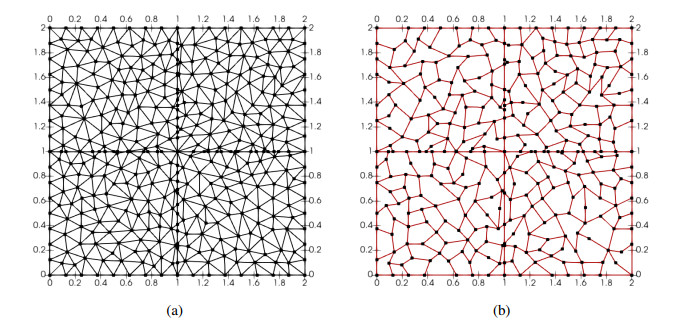
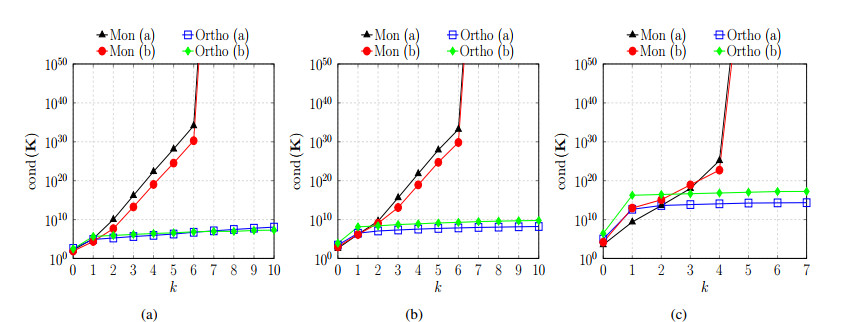
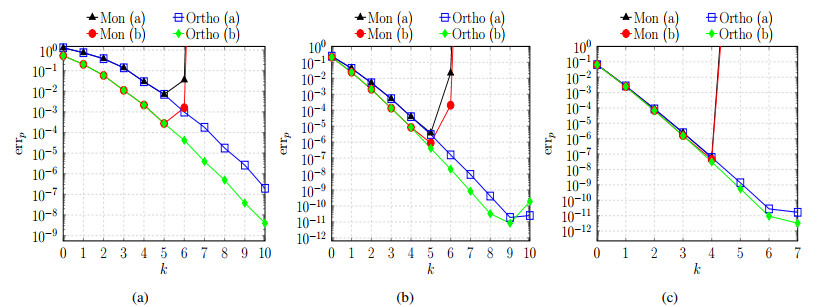
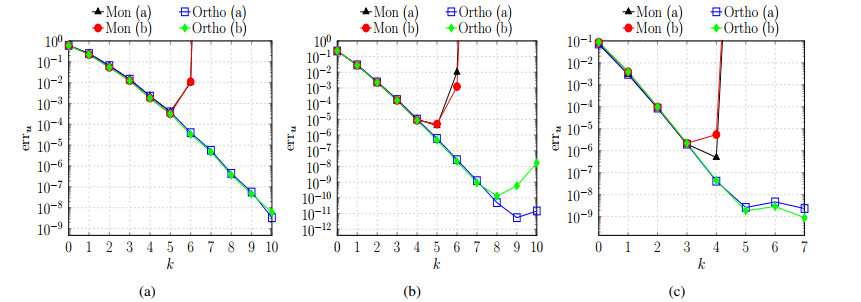
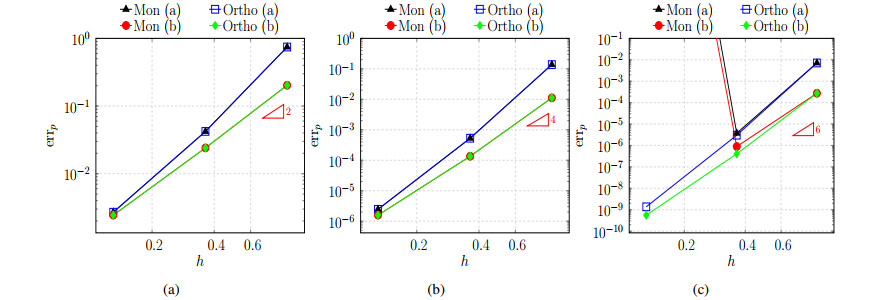
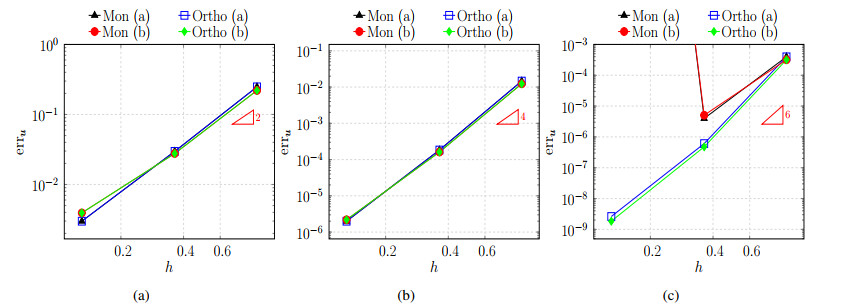
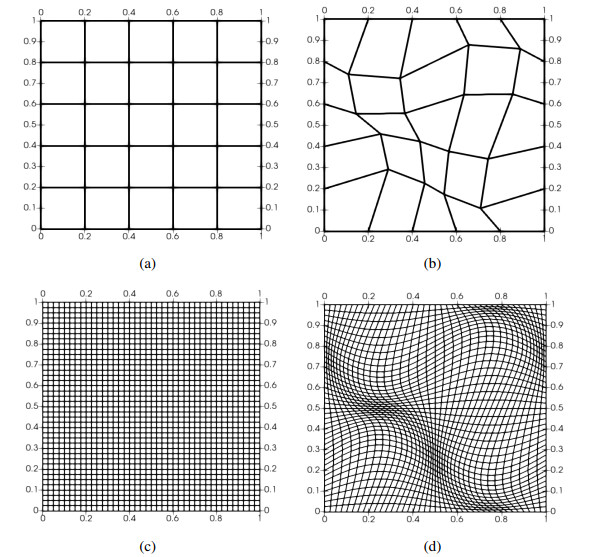
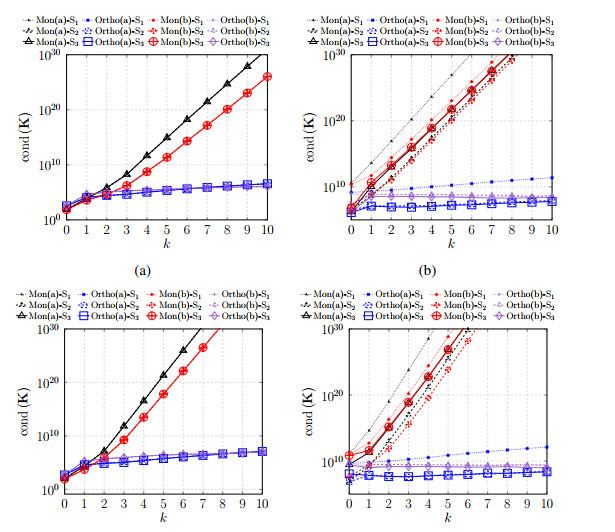
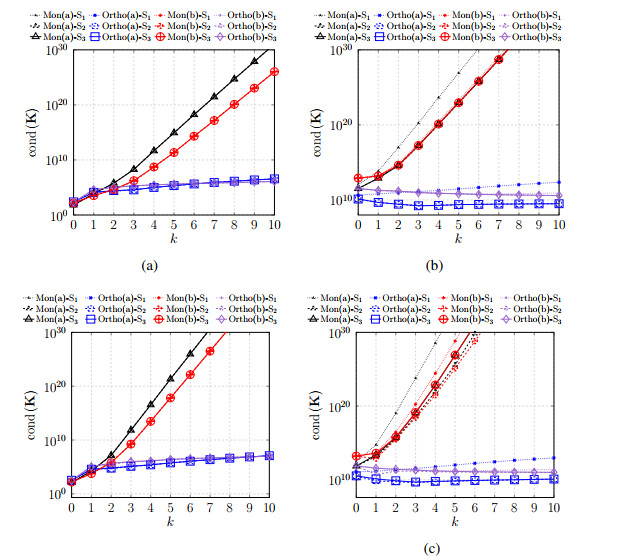
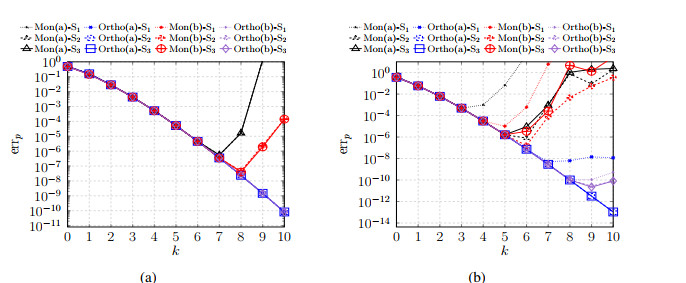
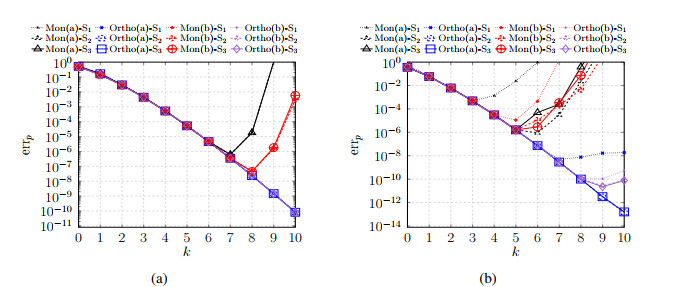
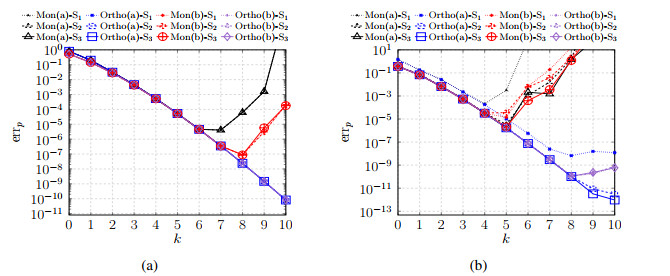
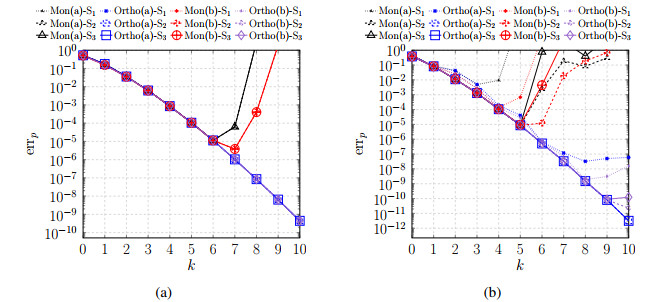
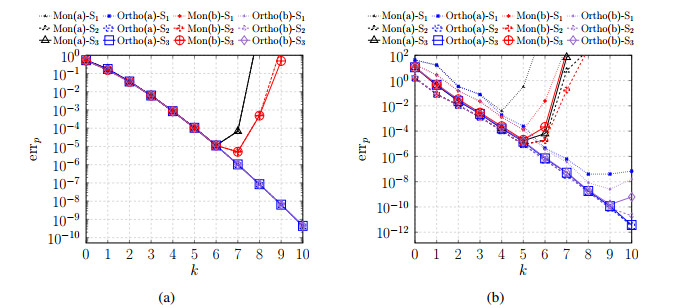
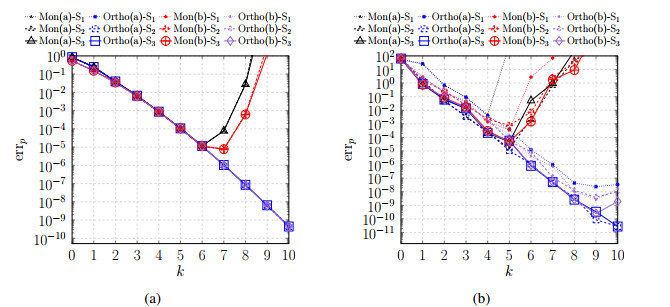
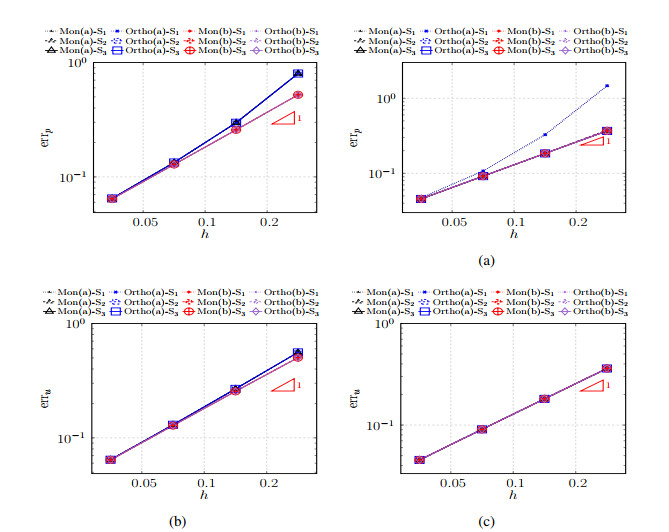
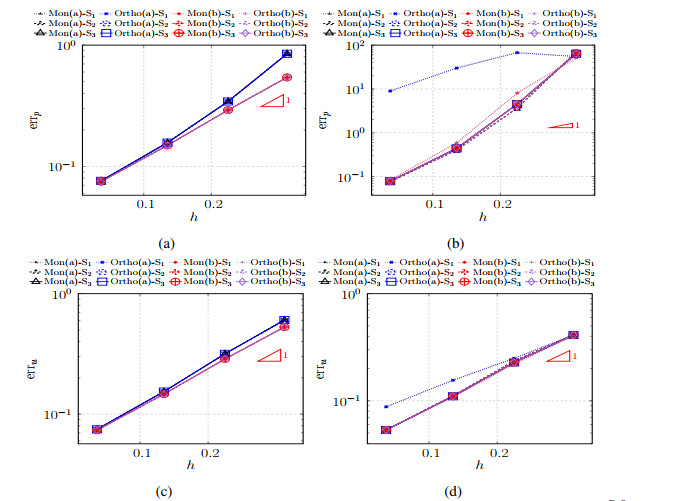
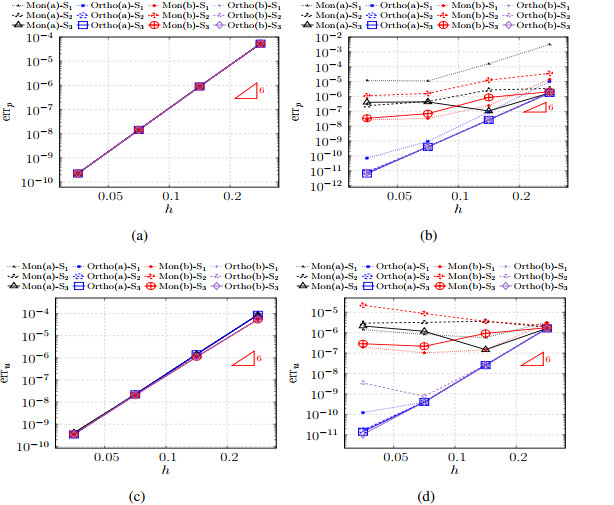
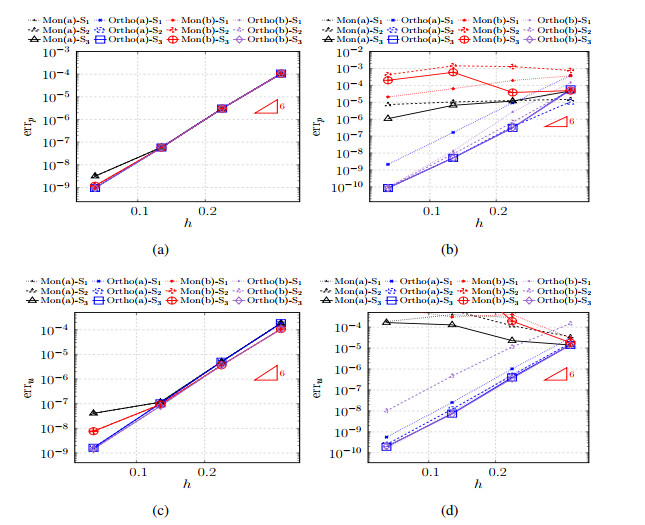
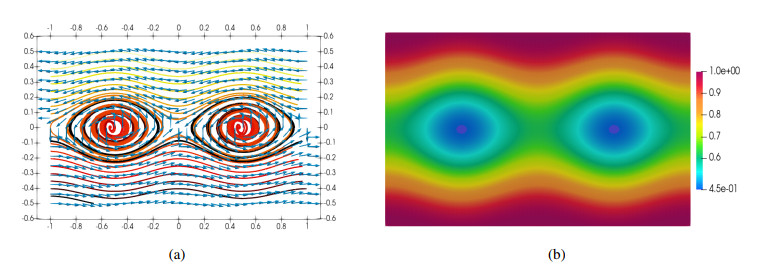
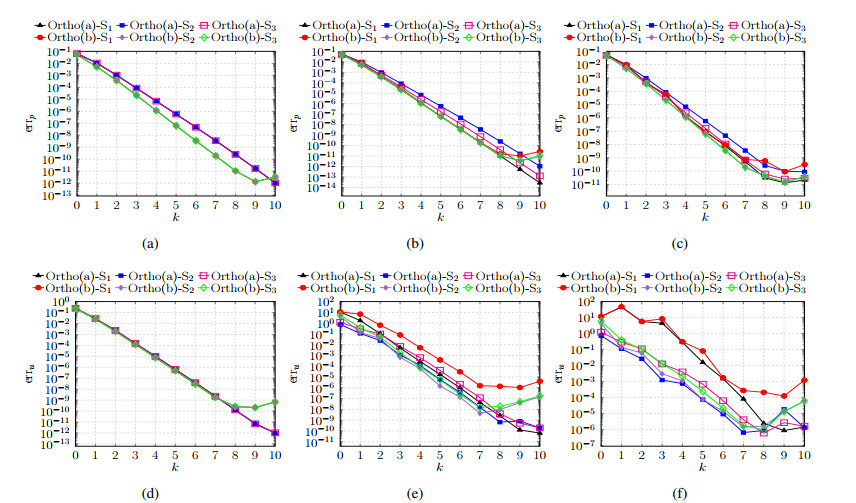
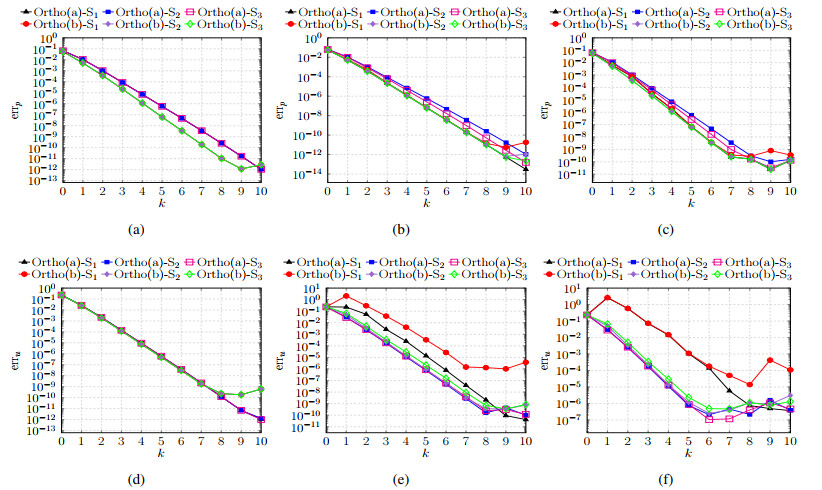
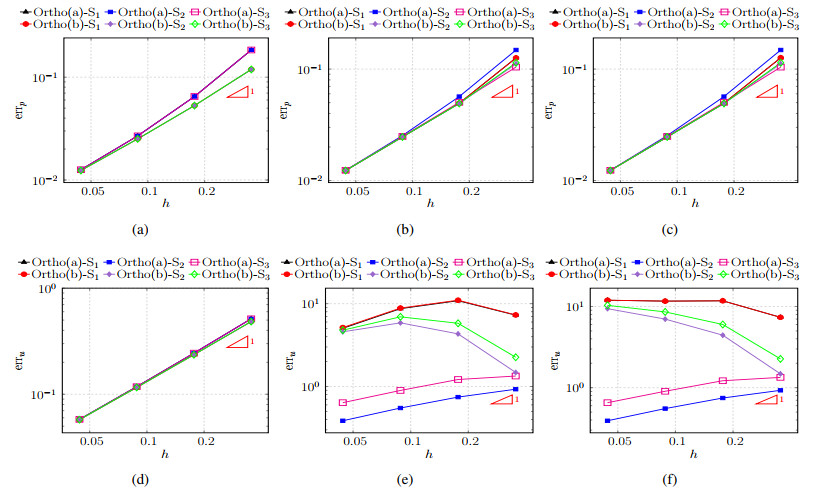
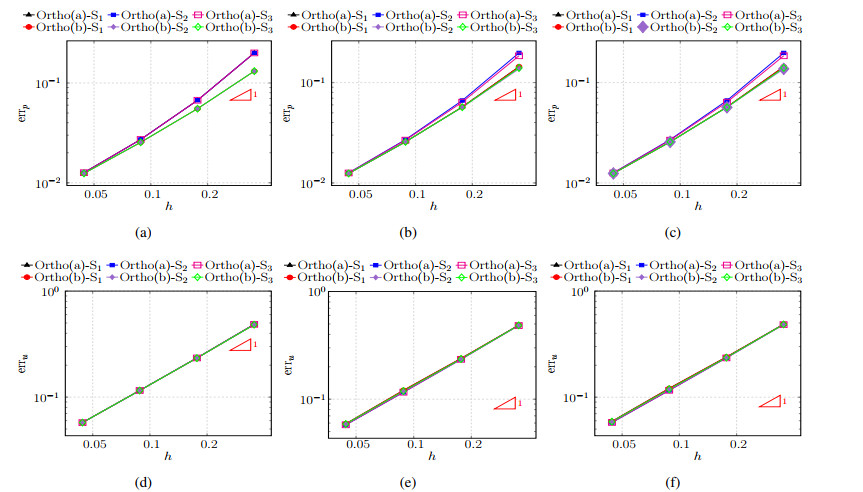
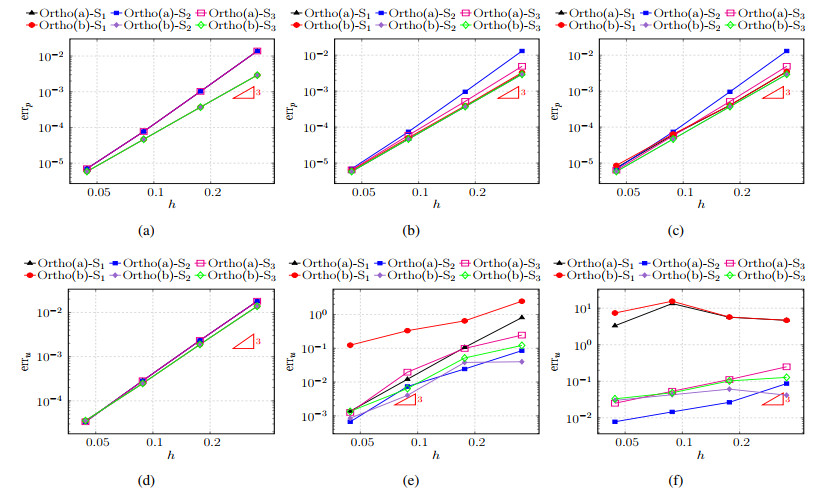
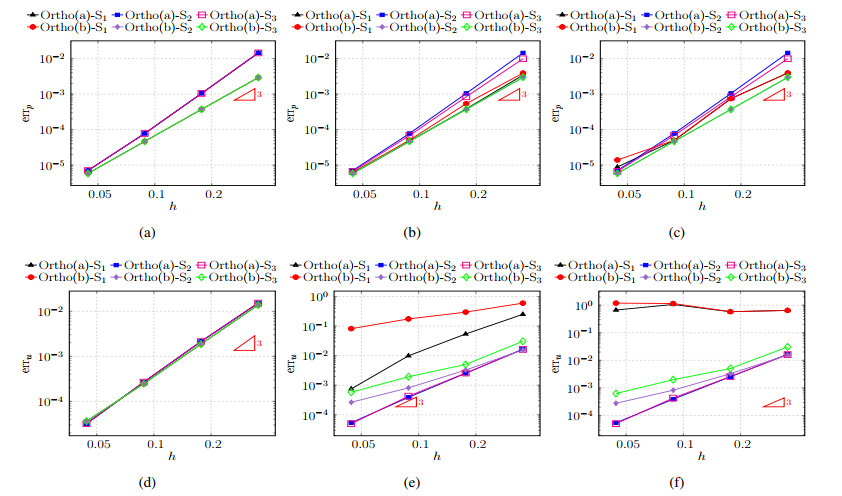
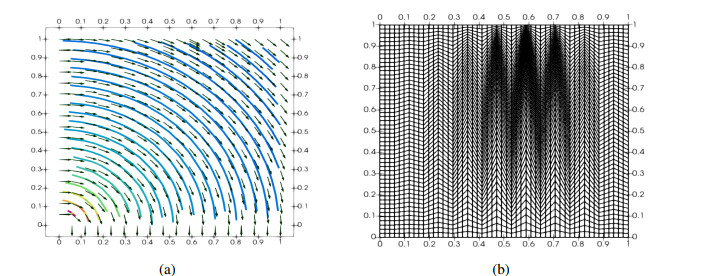
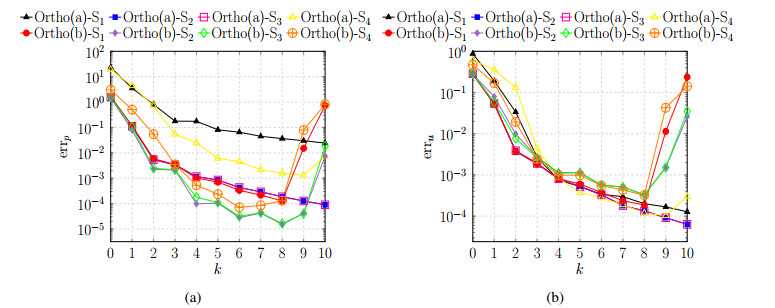
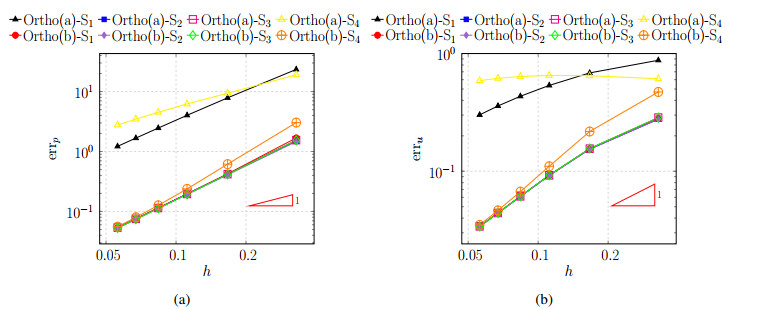
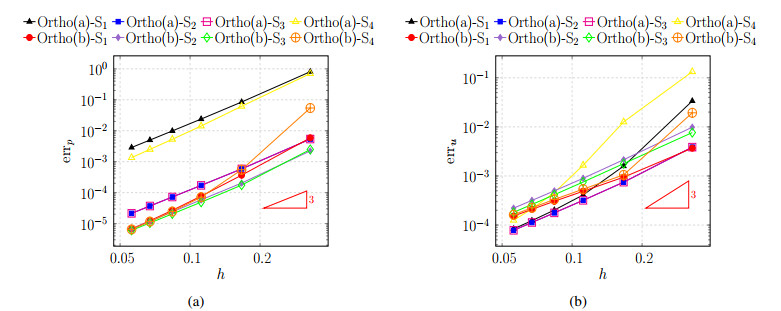
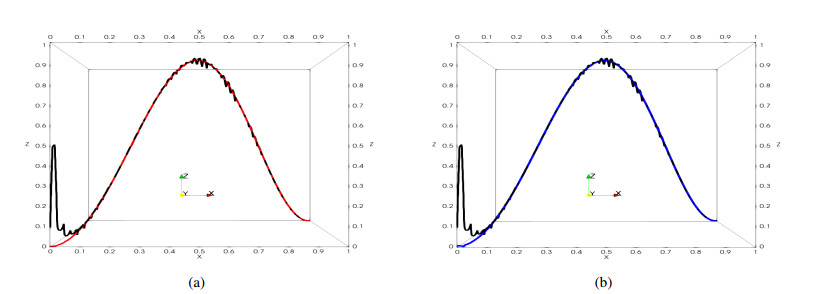


 DownLoad:
DownLoad: